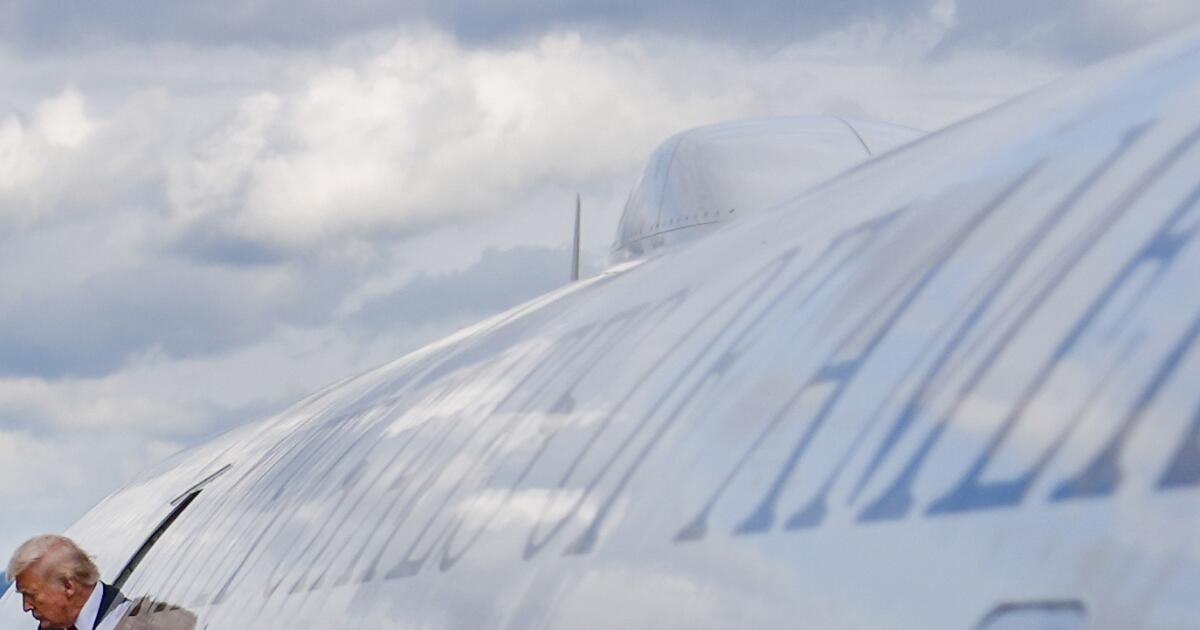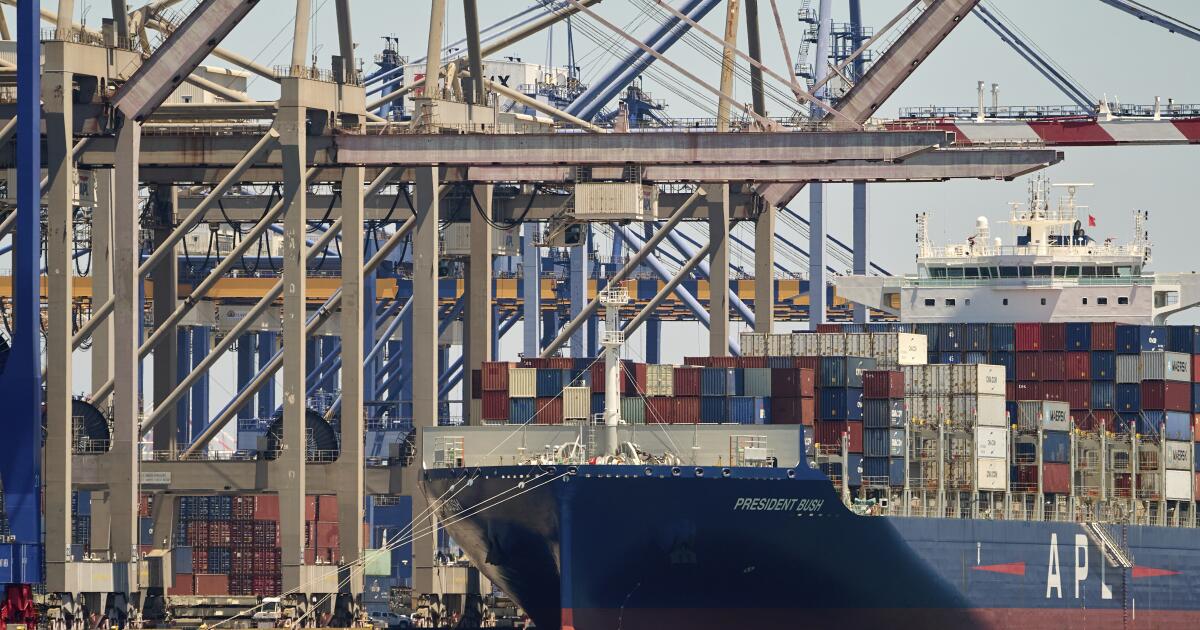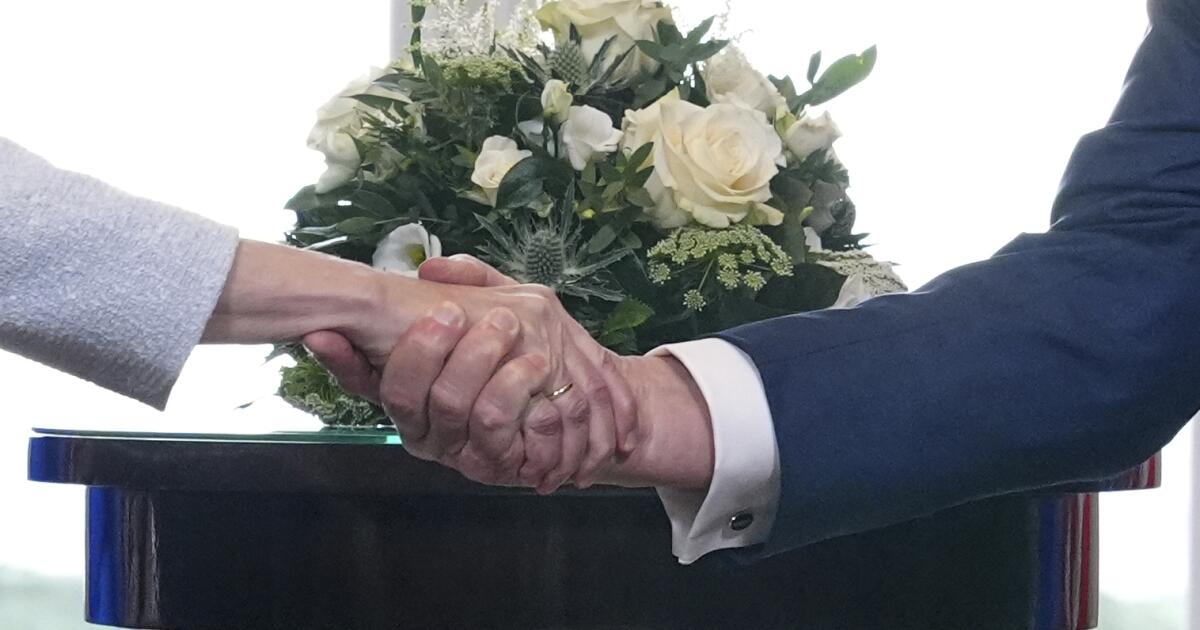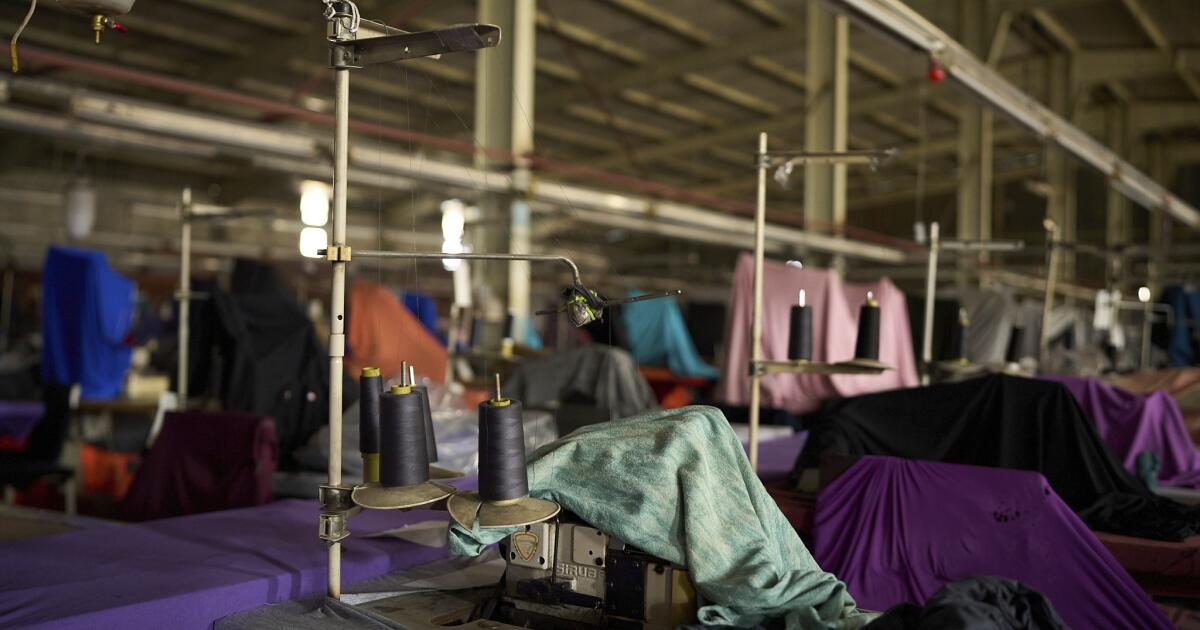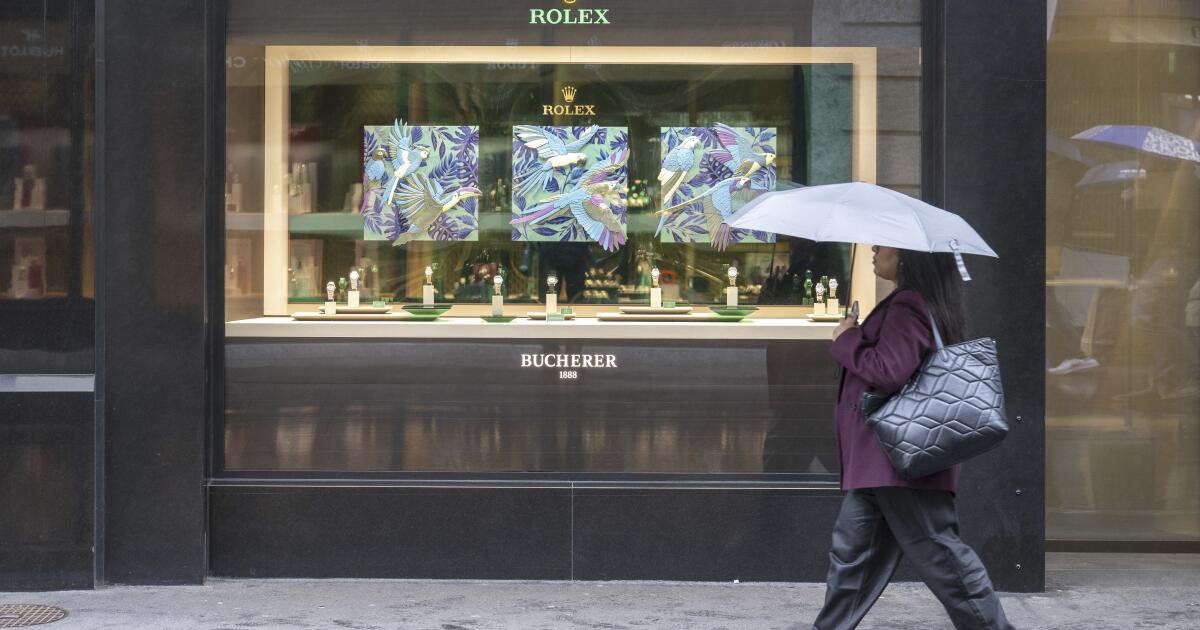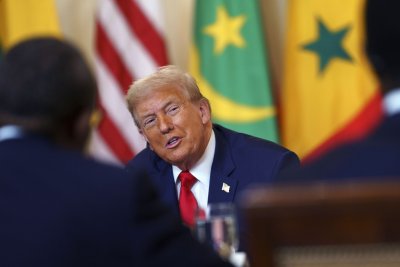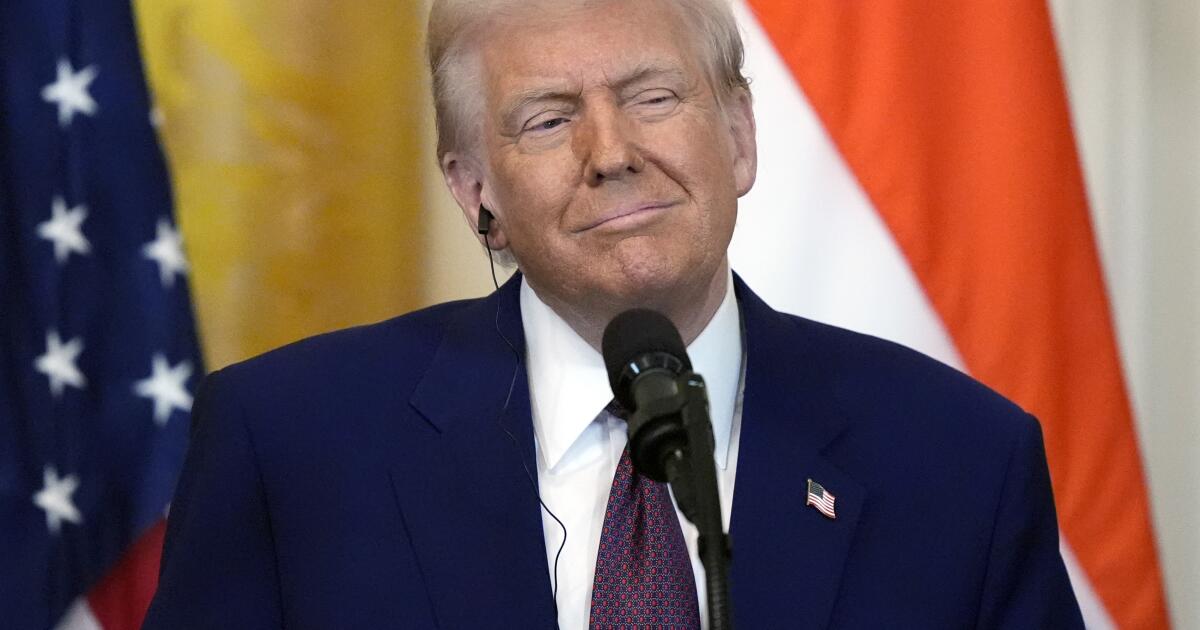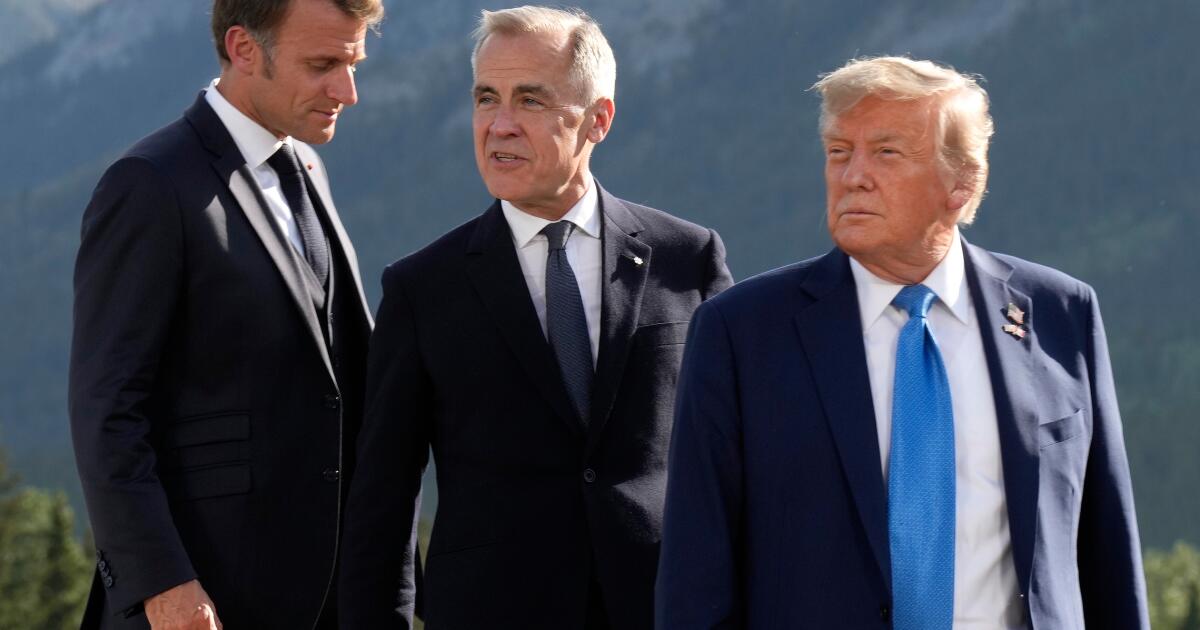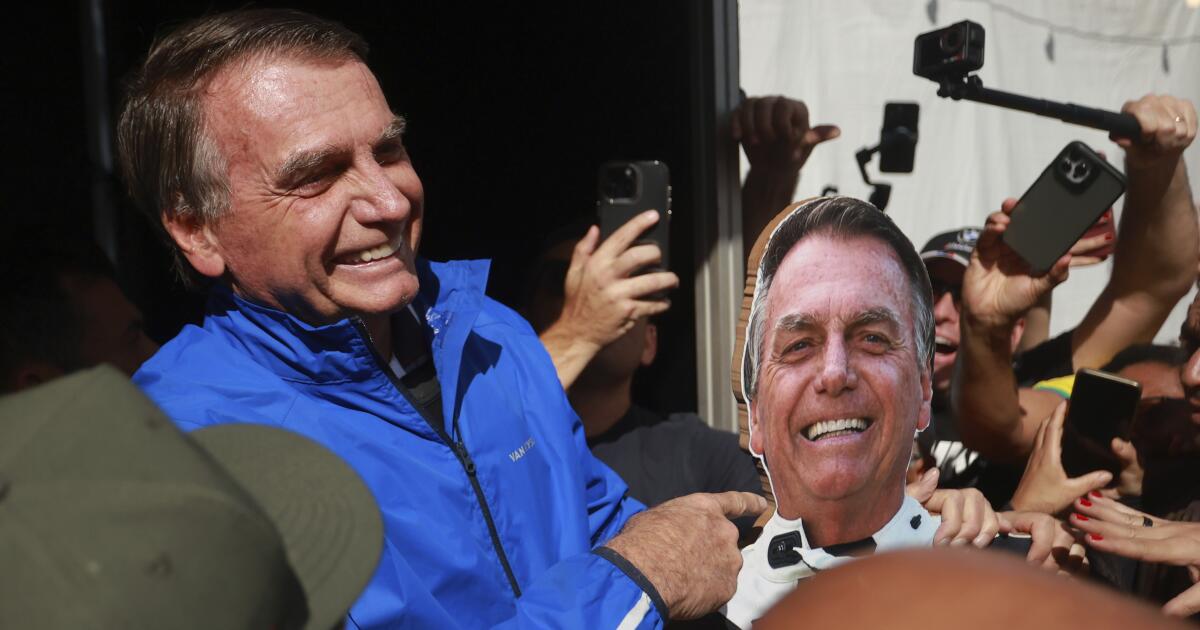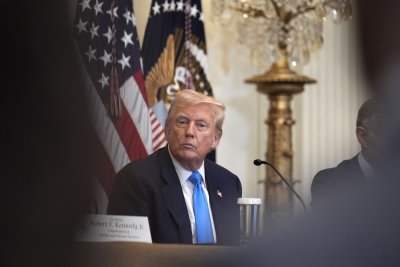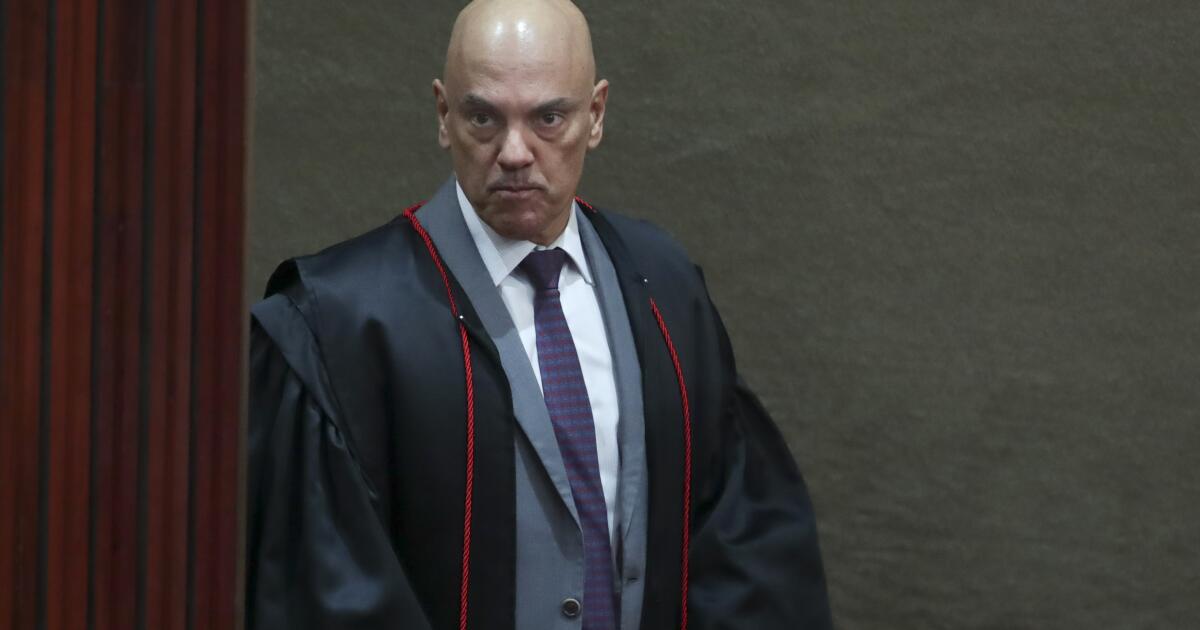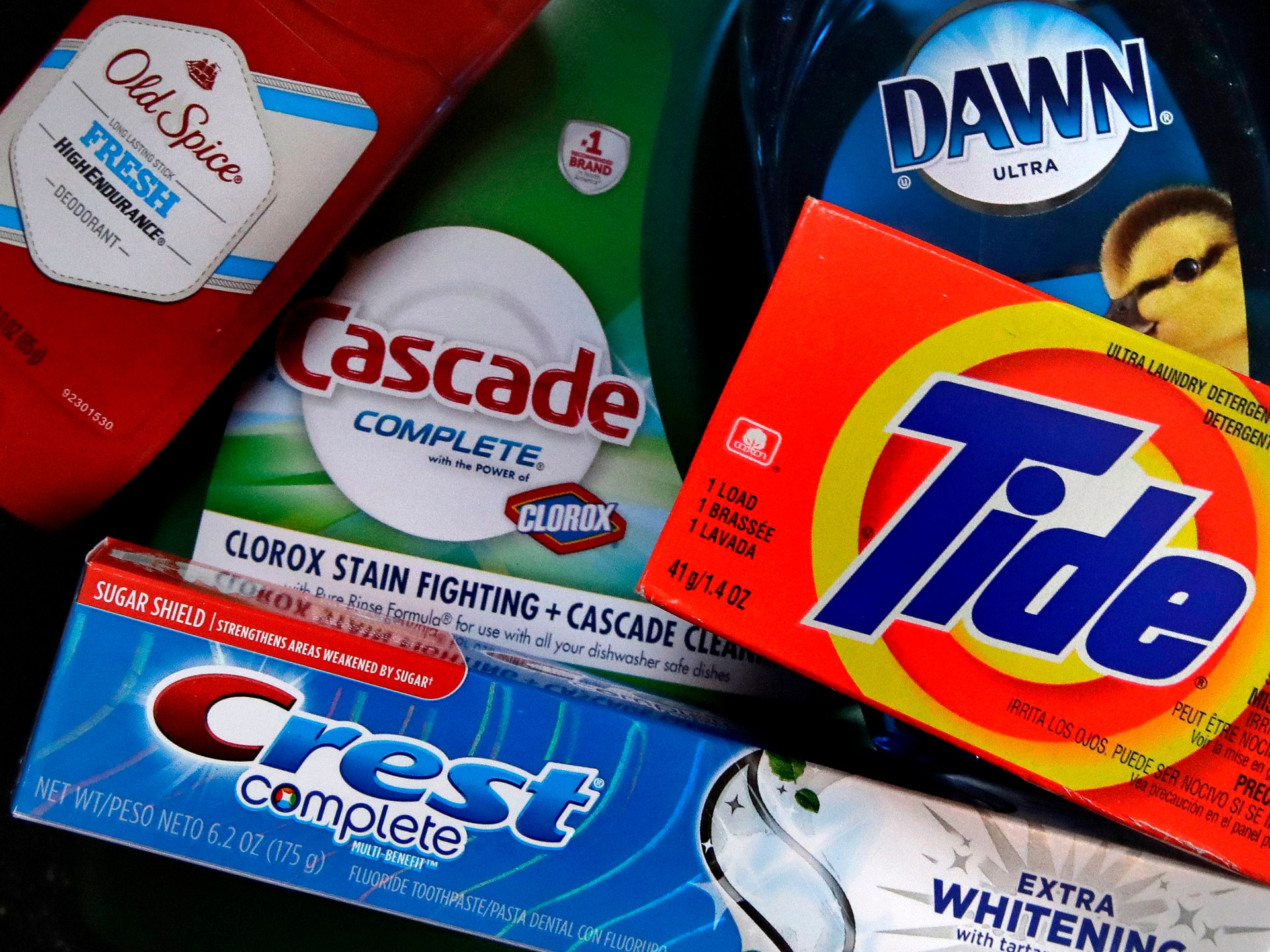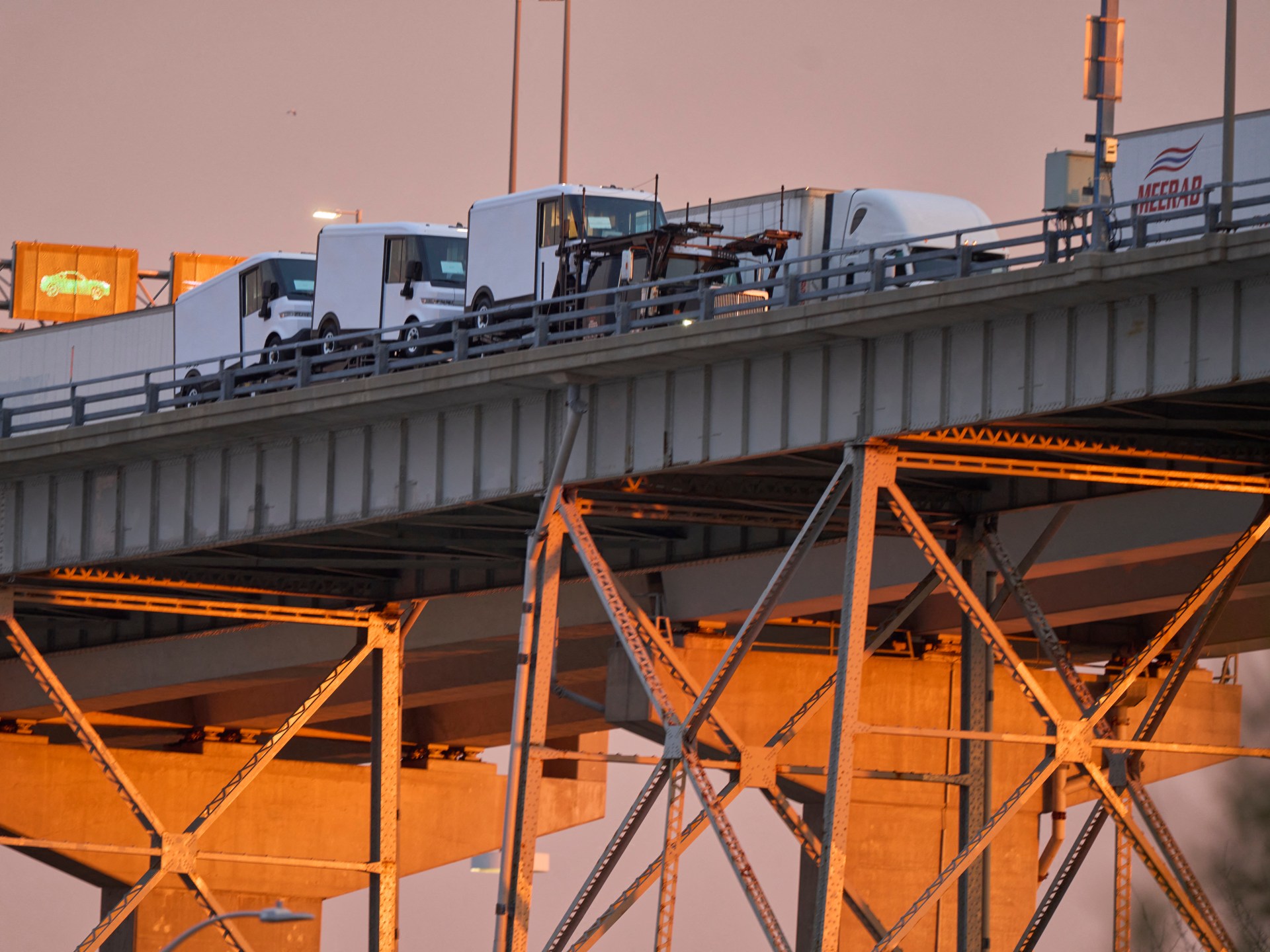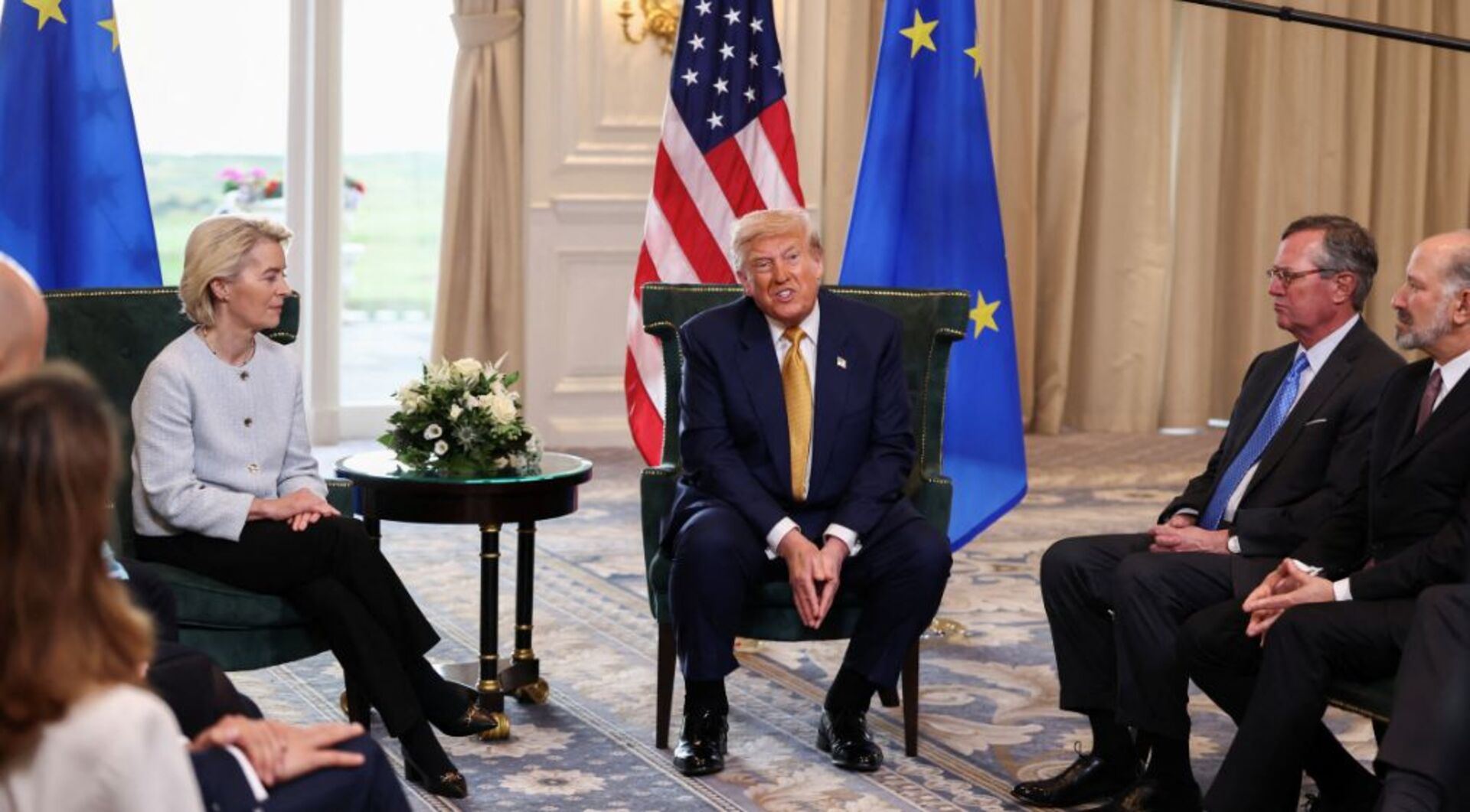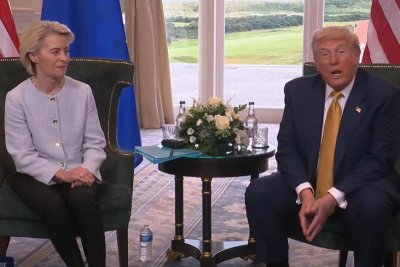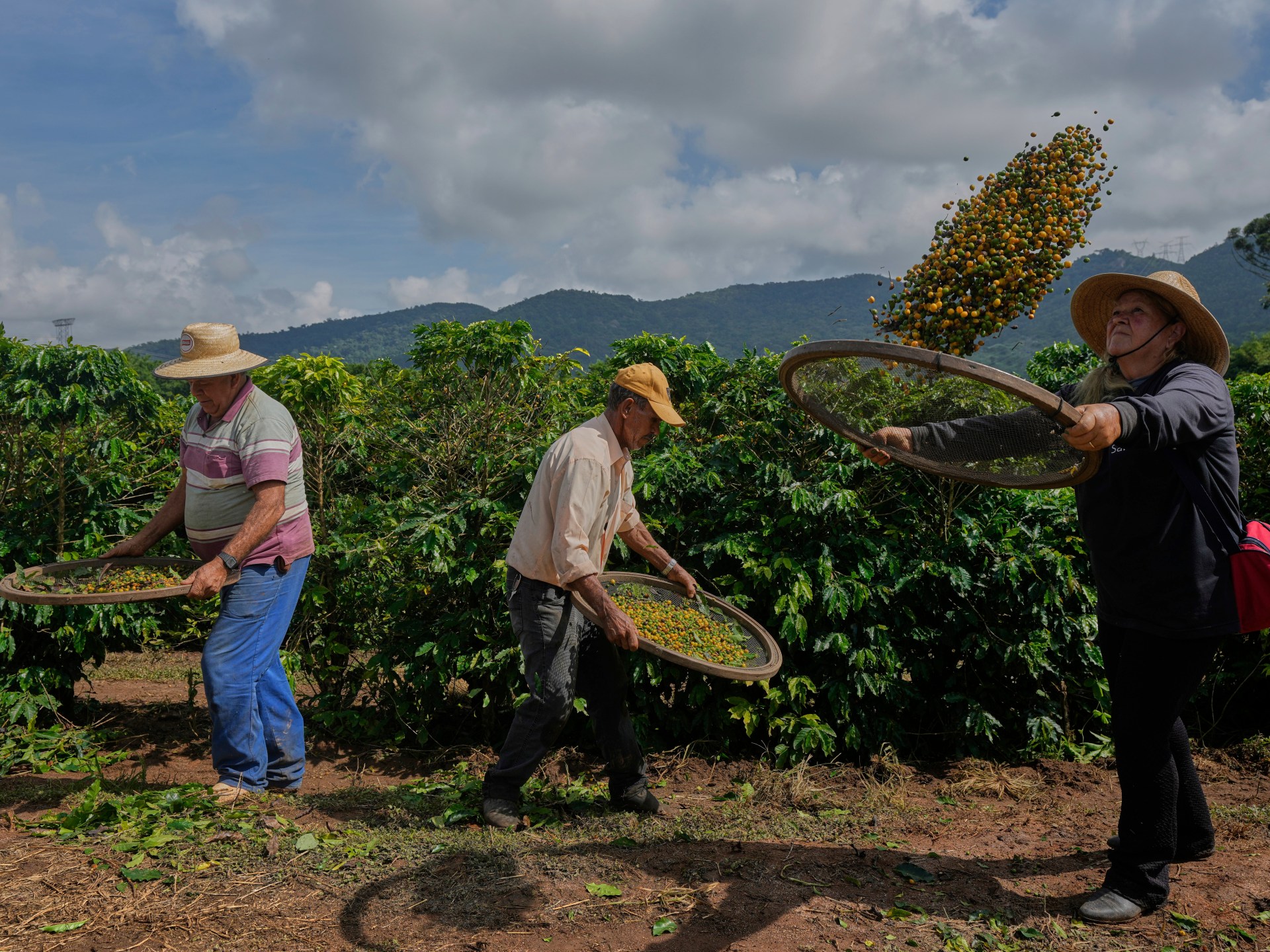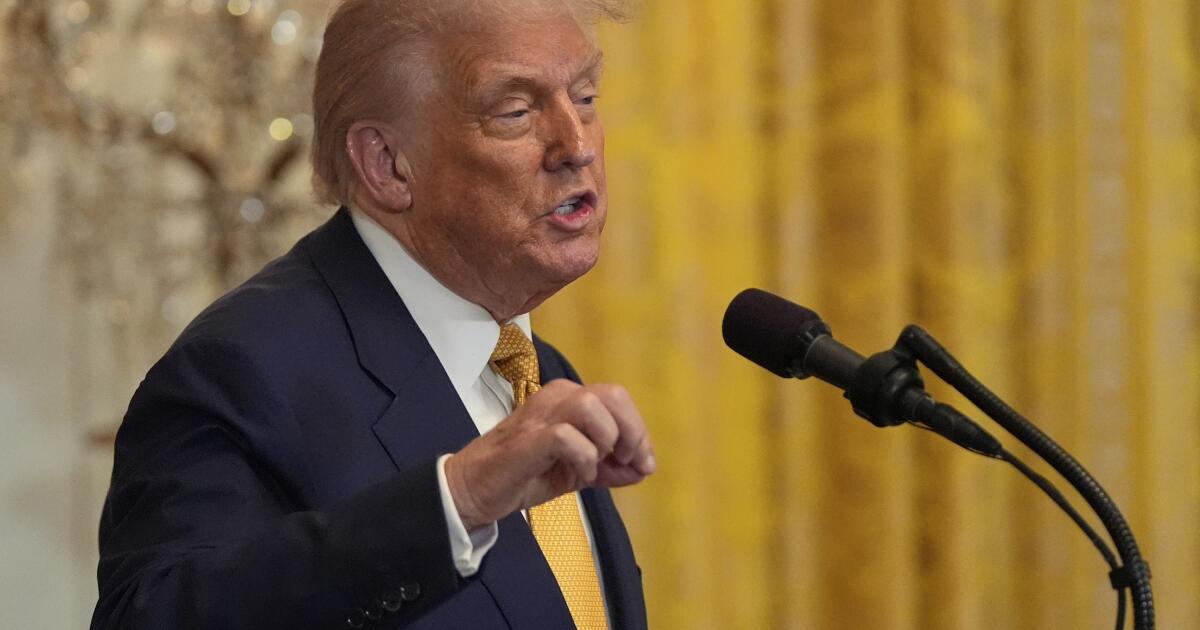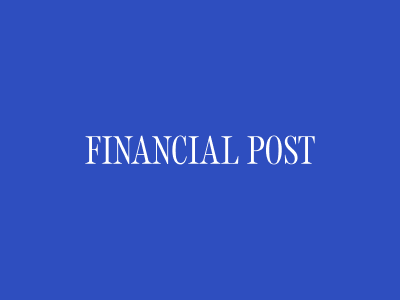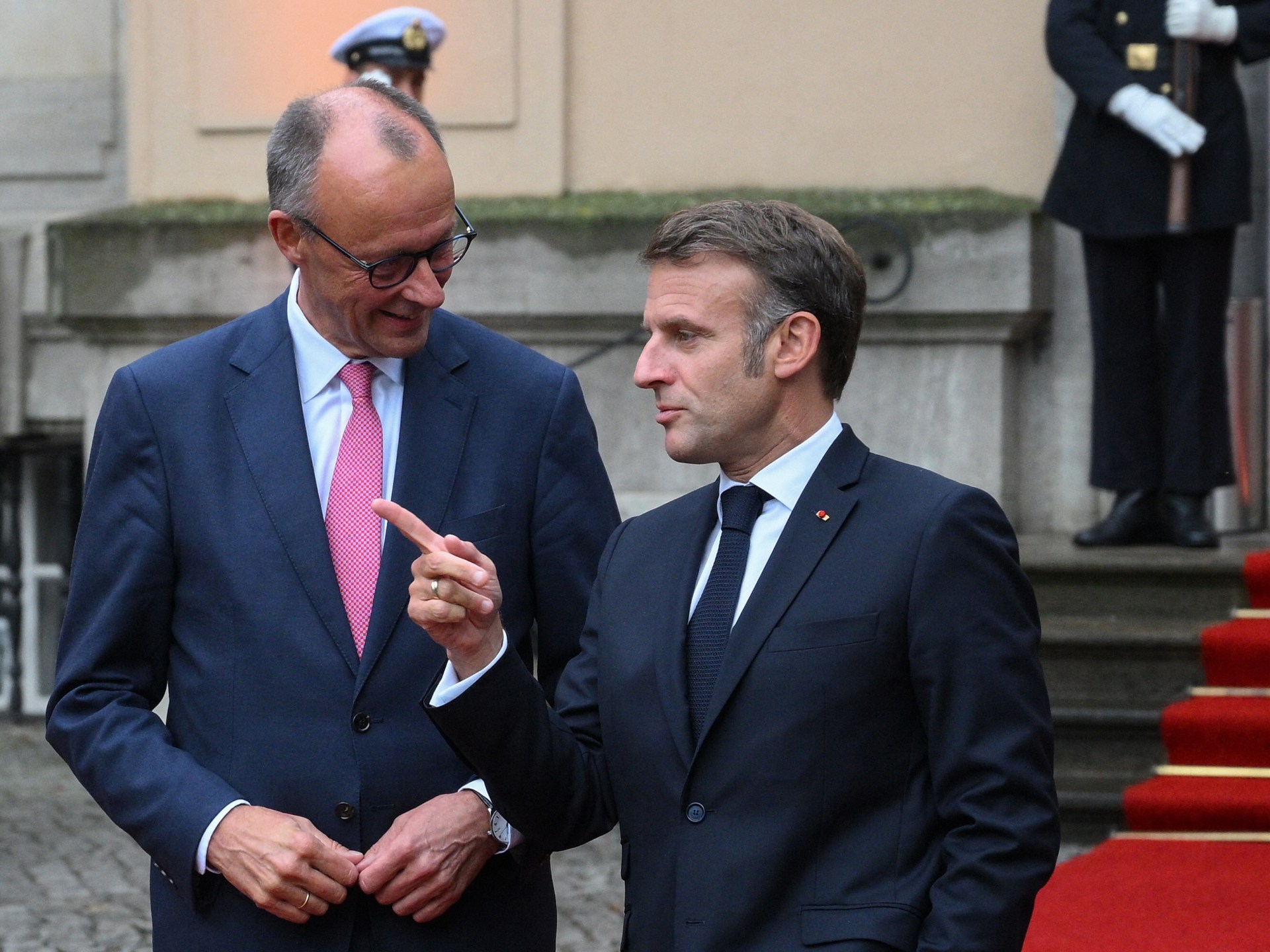It’s Trump’s economy now. The latest financial numbers offer some warning signs
WASHINGTON — For all of President Trump’s promises of an economic “golden age,” a spate of weak indicators last week told a potentially worrisome story as the effects of his policies are coming into focus.
Job gains are dwindling. Inflation is ticking upward. Growth has slowed compared with last year.
More than six months into his term, Trump’s blitz of tariff hikes and his new tax-and-spending bill have remodeled America’s trading, manufacturing, energy and tax systems to his liking. He’s eager to take credit for any perceived wins and is hunting for someone else to blame if the financial situation starts to totter.
But as of now, this is not the boom the Republican president promised, and his ability to blame his Democratic predecessor, Joe Biden, for any economic challenges has faded as the world economy hangs on his every word and social media post.
When Friday’s monthly jobs report turned out to be decidedly bleak, Trump ignored the warnings in the data and fired the head of the agency that produces the report.
“Important numbers like this must be fair and accurate, they can’t be manipulated for political purposes,” Trump said on his social media platform, without offering evidence for his claim. “The Economy is BOOMING.”
It’s possible that the disappointing numbers are growing pains from the rapid transformation caused by Trump and that stronger growth will return — or they may be a preview of even more disruption to come.
A political gamble
Trump’s aggressive use of tariffs, executive actions, spending cuts and tax code changes carry significant political risk if he is unable to deliver middle-class prosperity. The effects of his new tariffs are still several months away from rippling through the economy, right as many Trump allies in Congress will be campaigning in the midterm elections.
“Considering how early we are in his term, Trump’s had an unusually big impact on the economy already,” said Alex Conant, a Republican strategist at Firehouse Strategies. “The full inflationary impact of the tariffs won’t be felt until 2026. Unfortunately for Republicans, that’s also an election year.”
The White House portrayed the blitz of trade frameworks leading up to Trump’s tariff announcement Thursday as proof of his negotiating prowess. The European Union, Japan, South Korea, the Philippines, Indonesia and other nations that the White House declined to name agreed that the U.S. could increase its tariffs on their goods without doing the same to American products. Trump simply set rates on other countries that lacked settlements.
The costs of those tariffs — taxes paid on imports to the U.S. — will be most felt by American consumers in the form of higher prices, but to what extent remains uncertain.
“For the White House and their allies, a key part of managing the expectations and politics of the Trump economy is maintaining vigilance when it comes to public perceptions,” said Kevin Madden, a Republican strategist.
Just 38% of adults approve of Trump’s handling of the economy, according to a July poll by the Associated Press-NORC Center for Public Affairs. That’s down from the end of Trump’s first term when half of adults approved of his economic leadership.
The White House paints a rosier image, casting the economy as emerging from a period of uncertainty after Trump’s restructuring and repeating the economic gains seen in his first term before the pandemic struck.
“President Trump is implementing the very same policy mix of deregulation, fairer trade, and pro-growth tax cuts at an even bigger scale — as these policies take effect, the best is yet to come,” White House spokesman Kush Desai said.
Hints of trouble
The economic numbers over the last week show the difficulties that Trump might face if the numbers continue on their current path:
— Friday’s jobs report showed that U.S. employers have shed 37,000 manufacturing jobs since Trump’s tariff launch in April, undermining prior White House claims of a factory revival.
— Net hiring has plummeted over the last three months with job gains of just 73,000 in July, 14,000 in June and 19,000 in May — a combined 258,000 jobs lower than previously indicated. On average last year, the economy added 168,000 jobs a month.
— A Thursday inflation report showed that prices have risen 2.6% over the year that ended in June, an increase in the personal consumption expenditures price index from 2.2% in April. Prices of heavily imported items, such as appliances, furniture and toys and games, jumped from May to June.
— On Wednesday, a report on gross domestic product — the broadest measure of the U.S. economy — showed that it grew at an annual rate of less than 1.3% during the first half of the year, down sharply from 2.8% growth last year.
“The economy’s just kind of slogging forward,” said Guy Berger, senior fellow at the Burning Glass Institute, which studies employment trends. “Yes, the unemployment rate’s not going up, but we’re adding very few jobs. The economy’s been growing very slowly. It just looks like a ‘meh’ economy is continuing.”
Attacks on the Fed
Trump has sought to pin the blame for any economic troubles on Federal Reserve Chair Jerome Powell, saying the Fed should cut its benchmark interest rates — even though doing so could generate more inflation.
Trump has publicly backed two Fed governors, Christopher Waller and Michelle Bowman, for voting for rate cuts at Wednesday’s meeting. But their logic is not what the president wants to hear: They were worried, in part, about a slowing job market.
But this is a major economic gamble being undertaken by Trump and those pushing for lower rates under the belief that mortgages will also become more affordable as a result and boost homebuying activity.
His tariff policy has changed repeatedly over the last six months, with the latest import tax numbers serving as a substitute for what the president announced in April, which provoked a stock market sell-off. It might not be a simple one-time adjustment as some Fed board members and Trump administration officials argue.
‘Universal tariffs’
Of course, Trump can’t say no one warned him about the possible consequences of his economic policies.
Biden, then the outgoing president, did just that in a speech in December at the Brookings Institution, saying the cost of the tariffs would eventually hit American workers and businesses.
“He seems determined to impose steep, universal tariffs on all imported goods brought into this country on the mistaken belief that foreign countries will bear the cost of those tariffs rather than the American consumer,” Biden said. “I believe this approach is a major mistake.”
Boak and Rugber write for the Associated Press.
